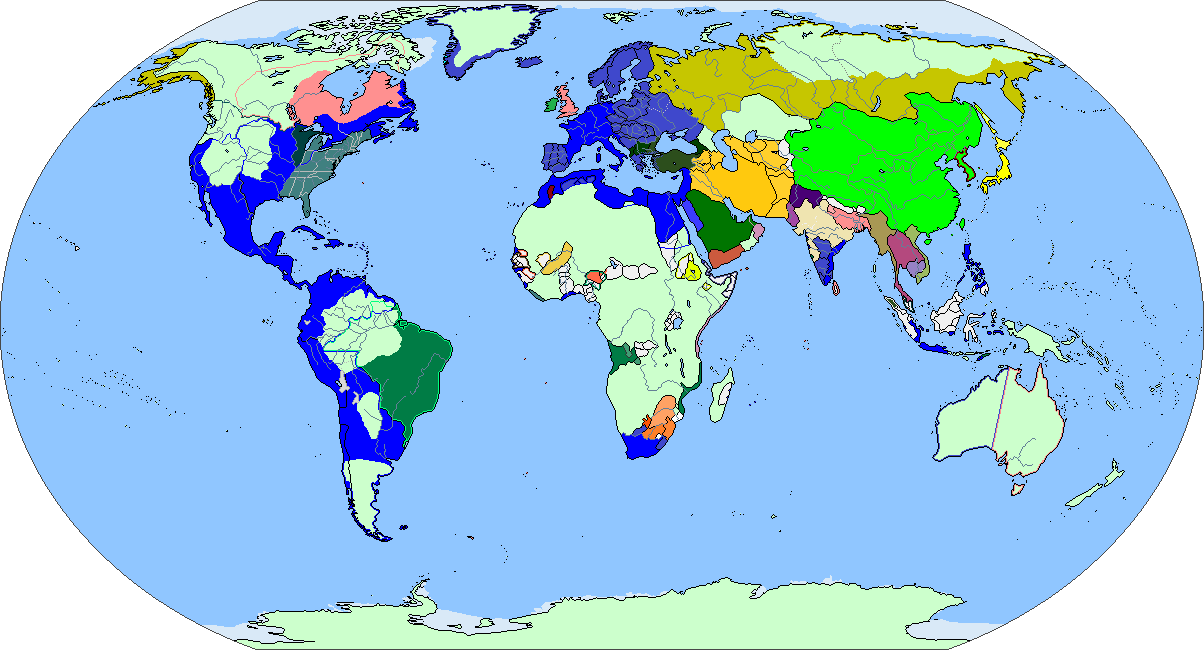HOME | DD
 SheldonOswaldLee — Chapter 67: Securing of Northern Algeria
SheldonOswaldLee — Chapter 67: Securing of Northern Algeria

#abbas #ait #algiers #constantine #emirate #empire #french #kabyle #kingdom #morocco #napoleon #oran #ottoman #sidi #stargate #shaykh #sultanate #awlad #de #deylik #titteri #mascarabeni #tuggurtkel #ahaggarlibya #shaykhkabyle #tuggurt
Published: 2021-05-17 15:19:10 +0000 UTC; Views: 4617; Favourites: 13; Downloads: 2
Redirect to original
Description
When the French Empire took over the former Ottoman Empire Regency of Algiers, which has had various degrees of autonomy throughout its existence, in some cases reaching complete independence, recognized even by the Ottoman sultan. In total it had a population 3,000,000 and had been lead last by Hussein Dey. But just because it had been a French victory in Algier overall against the Barbary Pirates and Ottomans, did not mean that all local rulers and groups did bow down to the French automatically. The Beylik of Constantine, Beylik of the Sunrise or Beylik of the East near Tunisia under Ahmed Bey ben Mohamed Chérif continued to resists French rule with Constantine as it’s capital, as did the Kingdom of the Ait Abbas or Sultanate of the Beni Abbas, a local Berber state that had gained independence, with it’s capital being Kalâa of Ait Abbas, an impregnable citadel in the Biban mountain range. Once directly a tributary of the Bey of Constantine, it had gained more autonomy and independence during the French conquest of Algiers. Some of the local Mokrani would join the French colonizers, while others became part of the local indigenous resistance and rebels against them. Some of them attempted to use the French Empire to gain local autonomy and take their own ruling titles, like sultan, amokrane and sheikh as French puppets and some of them, the khalifa and bachagha even integrated into the French army and supported local auxiliary and military forces for the French. Then in the West of Algeria, the Beylik of the West, also known as Oran or Oranie had been occupied mostly by French Imperial forces during the Barbary Wars. Some of the remaining local forces, as well as rebels would form the so called Emirate of Abdelkader, also known as the Resistance of Abd al-Qadir, or the Emirate of Mascara, founded by Abdelkader al-Jazairi with the allegiance of the people of Algeria to resist the French conquest of Algeria with its first capital at Mascara. They would ally with Tunisian and Moroccan refugees who had fled French conquest during the Barbary Wars as well, resulting in a guerrilla war that would take from 1812 to 1819, with the French only being able to conquer, secure and pacify the region for good only in 1827.
French Emperor Napoleon Bonaparte knew that he had few forces to spare to control the massive lands and population of North Africa, but Algier luckily was closer to Mainland France then many other places and the new steamboats were faster then old sail ships. The French were roughly opposed by 34,000 to 50,000 local soldiers and militia of various factions, while they themselves mustered around 38,000 soldiers with additional local auxiliaries of French allied groups that in total would number up to 7,000 janissaries, 19,000 Konstantine and Oran people and 17,000 Berber Kabyles who hoped France would bring them more independence and autonomy, as the French played the local groups against one another. During this operations, including sieges and building forts in the countryside to control roads and trade routes, the French lost around 386 soldiers and around 2,000 wounded, while their enemies would lose over 5,000 soldiers during the initial campaign. Supported by 100 warships, 10 steam-ships of the line, 464 transports, 580 merchantmen 28,000 sailors and a total troop count of 160,000, the French would loose 150,000 to 200,000 soldiers in total in addition to 480,000 colonists or local supportive civilians, while their enemies would loose between 500, 000 to 1,000,000 soldiers, rebels and civilians within the next 50 years during the complete conquest of Algeria. As this were in French eyes just primitive natives who had no mass-production, industrialization, or even vehicles, the French did not care enough to send over their early steam-trucks, train-lines or armored vehicles, at least not until much later during the pacification campaign in Algiers, when armored trains would connect cities and outposts that were build in a manner the locals could not hope to breach without importing more modern artillery and other weapons. This inequality became even more major when the French incorporated torso armor and helmets made out of Trinium, as well as Trinium bullets and canon shells of their own.
























